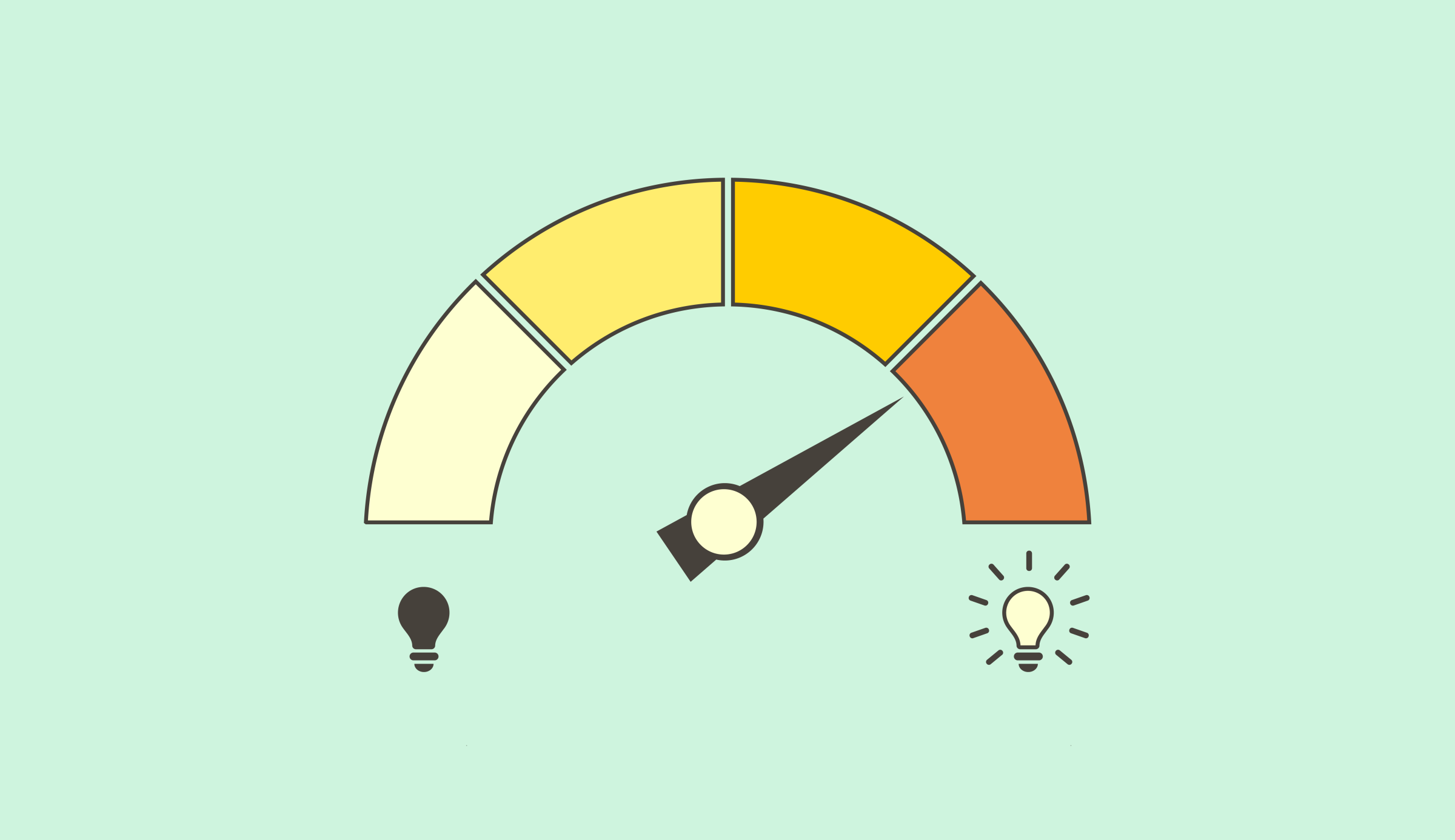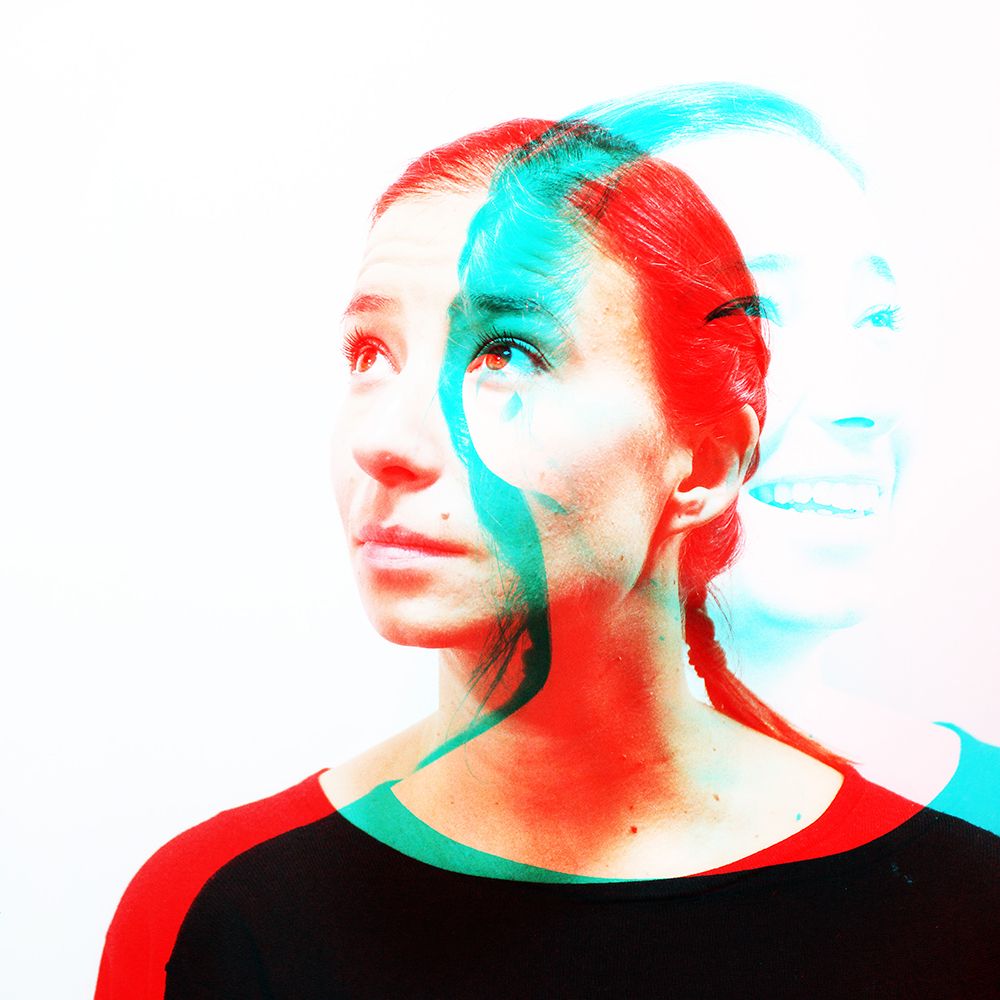

People used to say that the news media reported their truths from high up in their ivory tower. That they knew everything, even without leaving the comfort of their air conditioned offices. When the media landscape started becoming more varied at an increasing pace, worries about the audience being gobbled up by Facebook and losing interest in important subjects started to arise.
After some panicking, people started opening their eyes - then their windows and doors, to expand their understanding of their audience and the world they published news into. News media started acknowledging that even them need to know, how their audience consume media, in which moments, and for what everyday needs news could offer answers to.
That’s why in the last couple of years talk about audience data, analytics, goals and their KPI’s has increased. Luckily, people also talk about a deeper understanding of their audience: their media day, the rhythm of every day, as well as their hopes and wishes. This all forms a whole, in which news and societal debate have their time, place and role.
One should hope that news would be a part of everyone’s daily routine, explaining the world and offering help. How else can we make decisions and choices in this complex world? After all, news help us understand things and phenomena that shape our society, how they affect us or who we should vote for.
Annika Ruoranen is the Head of Audience Insight of Yle News Lab. She hopes to help the news and current affairs editorial staff to see their audience as individuals with problems, that news can offer solutions to.
